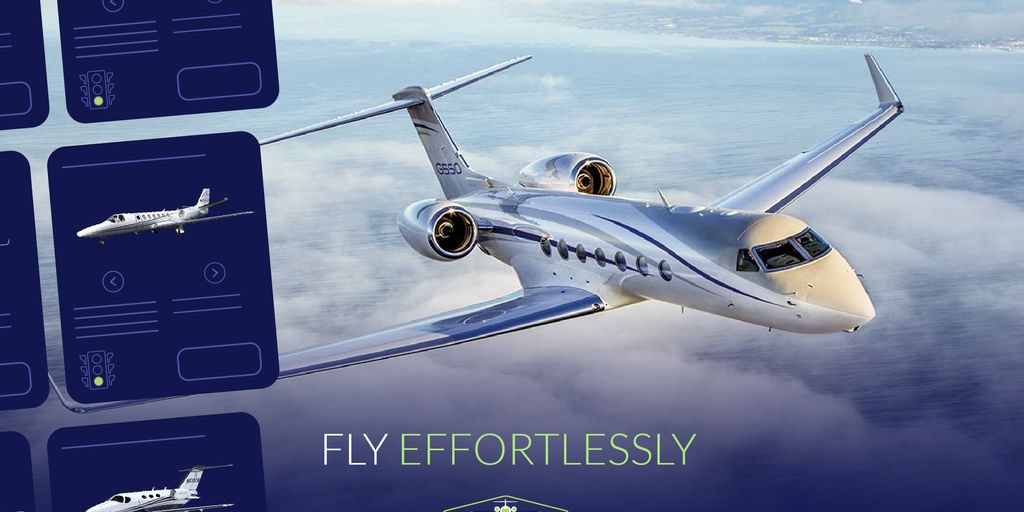With Donald Trump re-entering the political arena for his re-election campaign, private aviation has once again taken center stage in discussions of logistics, strategy, and influence. Trump’s well-documented use of his private Boeing 757—known as “Trump Force One”—has not only underscored the practical benefits of private aircraft but also brought attention to the intricate relationship between high-profile figures and private aviation.

The Legacy of “Trump Force One”
Trump Force One, a customized Boeing 757, has become synonymous with Trump’s brand and political presence. Originally purchased in 2011, this aircraft is outfitted with luxurious interiors, including gold-plated seatbelt buckles and private bedrooms, making it more than just a mode of transportation. It serves as a mobile command center, media platform, and status symbol all rolled into one.
During Trump’s previous campaigns, the 757 played a pivotal role in enabling his frequent travel to rallies across the country. Its long-range capability allowed him to reach multiple states in a single day, a critical factor in maintaining momentum during the final stretch of his 2016 and 2020 campaigns. Now, with his re-election bid underway, the aircraft is expected to be just as central to his campaign strategy.
Private Aviation Logistics for Political Campaigns
Private aviation is a logistical cornerstone for any high-profile political figure, offering advantages such as:
- Flexibility: Campaign schedules are notoriously fluid, with last-minute changes and unanticipated events. Private jets provide the flexibility to adapt quickly to these demands.
- Speed: Time is a precious resource in campaigns, and private aircraft eliminate the delays associated with commercial travel.
- Security: High-profile individuals require advanced security measures, which are easier to implement on private aircraft. Customizable access and controlled environments significantly reduce potential risks.
- Visibility: An aircraft like Trump Force One isn’t just functional; it’s a moving billboard. The 757’s size, branding, and presence make a statement, reinforcing Trump’s image wherever it lands.
Financial and Operational Implications
Operating a private aircraft of this scale is not without its challenges. Trump Force One, for instance, costs an estimated $18,000 to $20,000 per flight hour. Expenses include fuel, maintenance, crew salaries, and hangar fees. These costs underscore the financial investment tied to leveraging private aviation for political campaigns.

However, the benefits often outweigh the costs. For political figures, private aviation facilitates:
- Maximized Outreach: More stops in more places mean broader voter engagement.
- Enhanced Media Access: Journalists often accompany candidates on these flights, turning the aircraft into a media hub.
- Brand Reinforcement: High-profile aircraft can amplify a candidate’s persona and campaign message.
How Trump’s Campaign Affects the Private Aviation Industry
Trump’s heavy reliance on private aviation could ripple across the industry in several ways:
- Increased Demand for Large Aircraft: High-profile figures and corporate leaders may seek similar aircraft to emulate Trump’s approach, driving demand for larger, long-range jets.
- Spotlight on Aircraft Customization: Trump Force One’s unique design highlights the possibilities of customizing private aircraft for specific needs. This could inspire more bespoke designs in the market.
- Focus on Security Features: With political campaigns under constant scrutiny, security innovations in private aviation are likely to attract greater interest.
- Charter Opportunities: Campaigns often rely on chartered aircraft when a dedicated fleet isn’t feasible. This trend could result in increased business for charter operators, especially during election cycles.
Lessons for the Private Aviation Community
For those in the private aviation sector, Trump’s campaign underscores the importance of:
- Understanding Client Needs: Political campaigns have unique demands, from tight schedules to media integration. Tailored solutions can provide a competitive edge.
- Investing in Technology: Advanced scheduling and tracking systems can enhance efficiency and transparency for high-profile clients.
- Prioritizing Safety and Security: High-profile figures require robust security protocols, both in-flight and on the ground.
The Future of Private Aviation and Politics

As Trump’s re-election campaign unfolds, it will continue to showcase the indispensable role of private aviation in modern politics. From logistical efficiency to brand amplification, private jets offer a strategic advantage that’s hard to ignore.
For industry professionals, the lessons from Trump Force One’s prominent role go beyond politics, offering insights into how private aviation can serve diverse needs, whether for campaigns, businesses, or personal endeavors. As the intersection of politics and private aviation deepens, the sector’s ability to adapt and innovate will remain essential.
Whether you’re a political figure, a business leader, or a luxury traveler, the story of Trump Force One highlights the transformative power of private aviation—both in the skies and on the ground.

